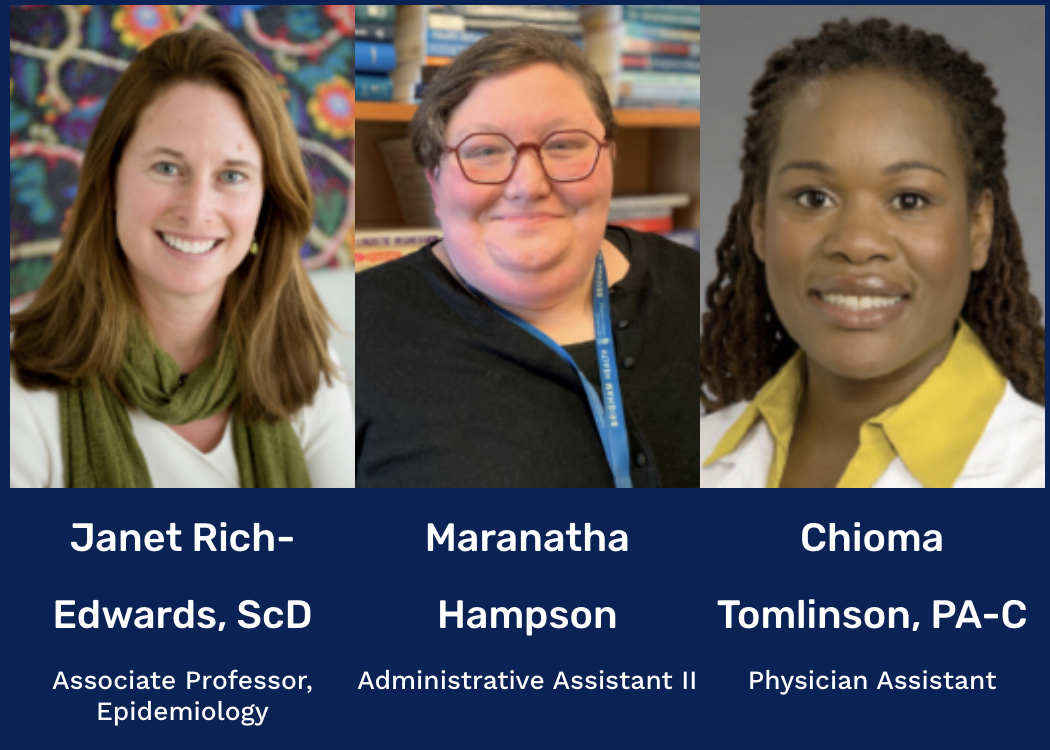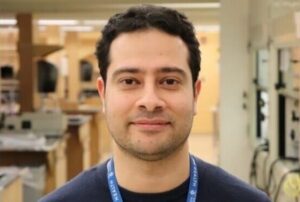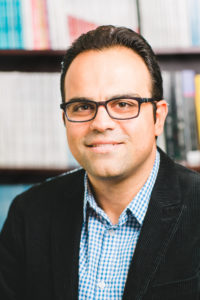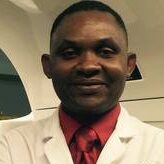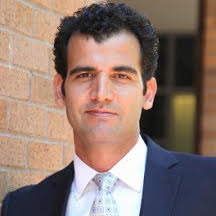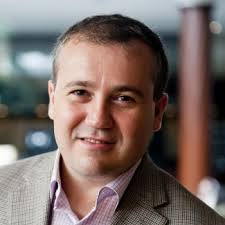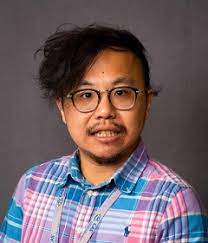 Victor Pui-Yan Ma, PhD
Victor Pui-Yan Ma, PhD
Project Title: Reimagining Treatment for Vision loss/Blindness
Abstract: Glaucoma is a leading cause of irreversible blindness and more than 80 million patients are suffering. Currently, there is no cure for glaucoma, and early diagnosis and standard prevention cares only help slow the progression of vision loss. Given its prevalence, there is thus an urgent clinical need to develop new treatment modalities for tackling this disease. Glaucoma is considered as a neurological disease, where a highly specialized type of nerve cells responsible for communicating information between the eye and brain died/damaged throughout the lifespan and cannot be replenished. Looking in the Nature, many animals such as zebrafishes and tetrapods have the ability to repair/regenerate their eyes after injury. In comparison, humans have very limited regenerative capacity. My lab has been working on rejuvenating the regenerative response of human body using small molecule compounds. We previously discovered that small molecule cocktails can unlock the potential of ear cell regeneration and this strategy is being clinically tested for treatment of hearing loss. Here, we propose to test a series of rejuvenating cocktails to restore the regenerative potential of a special type of eye cells called Muller Glia (MG), which can generate all the functional nerve cells in damaged eyes of zebrafishes, but not in mouse and human. We will first test our designed cocktails using mouse MG cells, aiming to convert them to back to a younger state where they have the capability to grow into other functional nerve cells in the right place at the right time. We will also design drug delivery strategies for long-acting delivery of these cocktails into the eye, with a goal of reducing injection frequency to improve the quality of life of patients. This project, if successful, will have untapped potentials in treating eye diseases resulting from the loss/damage of nerve cells.
 Peter Novak, MD, PhD
Peter Novak, MD, PhD
Project Title: Detection of Small Fiber Neuropathy by Artificial Intelligence from Skin Pictures
Abstract: Damage of small nerves termed “small fiber neuropathy” is very common affecting millions of people worldwide and accompanies diabetes and COVID-19 disease. The neuropathy is causing disabling burning pain and dysautonomia such as dizziness with standing, brain fog, fatigue, constipation, too much or too little sweating. The detection of nerve damage is complicated and not widely available, it requires either skin biopsy or specialized equipment and training. This project provides effective solution for limited availability of detection of nerve damage. Using skin pictures obtained from a regular smart phone, the project uses deep machine learning to extract feature from pictures that segregate patients with and without nerve damage. Deep machine learning is a form of artificial intelligence which can be trained to extract patterns from complex pictures. The proposal uses the fact that nerves control skin properties such as elasticity and texture, which will be affected by nerve loss. The deep machine learning will be trained using pictures from skin-biopsy proven nerve damage. Once the artificial intelligence will achieve high diagnostic accuracy, the trained system will be transferred to smart phones. Most of smart phones have sufficient capacity to acquire and process the image, thus to make diagnosis. The project allows detection of nerve damage using regular smart phones instantly at the physician office or remotely using internet.

 Get the latest news, updates, funding opportunities and essential information for members of the Brigham research community
Get the latest news, updates, funding opportunities and essential information for members of the Brigham research community 